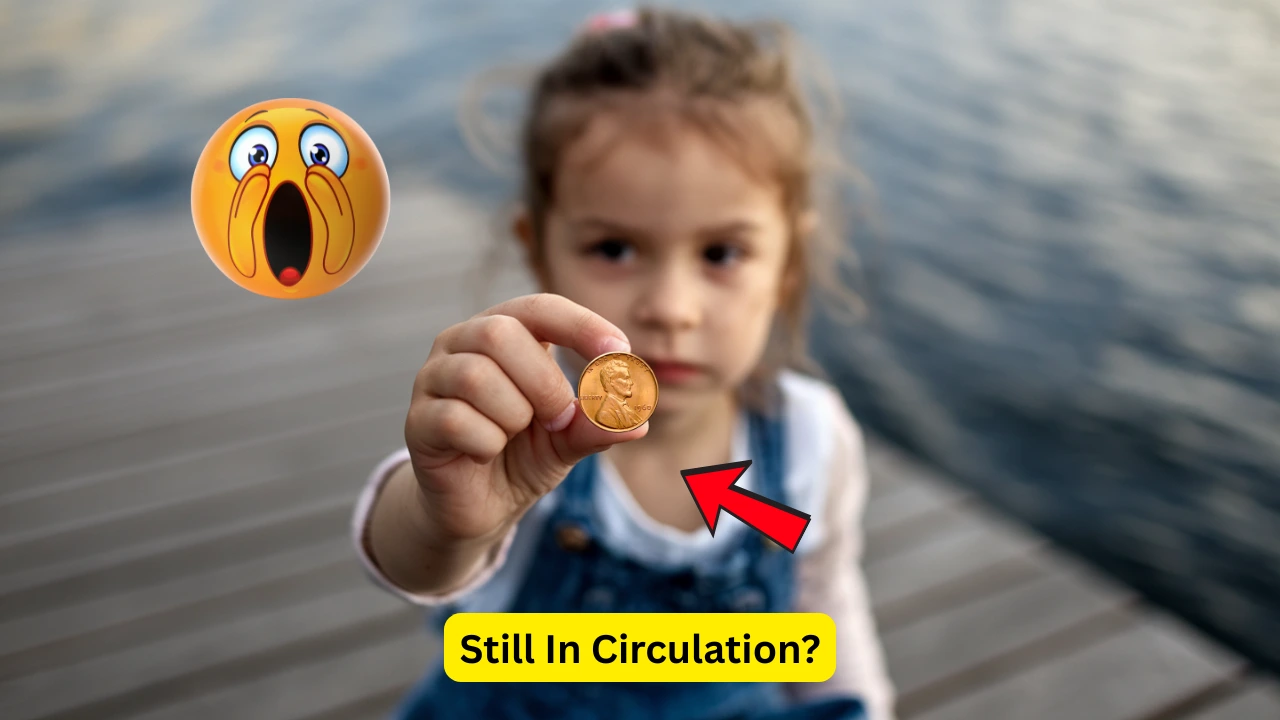In a surprising turn of events for the numismatic world, the 1960 Small Date Lincoln Cent has emerged as one of the most sought-after coins in the United States — with some rare specimens now reportedly valued at up to $3.0 million. Even more shocking? Some of these prized pennies are still believed to be in everyday circulation.
This small copper coin, minted more than six decades ago, might not look much different from others at first glance. Yet, a subtle design variation has made it a legendary piece among collectors. If you’re holding a 1960 penny in your loose change jar, it might be time to take a closer look.
What Makes the 1960 Small Date Penny So Special?
The U.S. Mint produced two types of Lincoln cents in 1960 — the “Large Date” and the “Small Date” varieties. While both types were made in Philadelphia and Denver, it’s the Philadelphia-minted 1960 Small Date penny (with no mint mark) that has become exceptionally valuable.
The difference lies in the typography. On the Small Date version, the numerals “1,” “9,” and “6” appear slightly taller and more evenly spaced than those on the Large Date penny. The “0” in particular is smaller and rounder — a tiny design tweak that now carries enormous value.
Why is this so important? Initially, the Small Date version was minted in smaller numbers compared to the Large Date. As collectors realized this difference, demand for the rarer variety skyrocketed — and so did its market price.
How a $0.01 Coin Reached the Million-Dollar Mark
For most of its life, the 1960 Small Date penny remained a humble piece of American currency. But as coin grading services began identifying ultra-high-grade specimens, the coin’s value started to rise dramatically.
One key factor is condition. A 1960 Small Date penny graded as MS-67+ Red (Mint State with full original luster) can command a staggering premium. Add historical context, scarcity in pristine condition, and current market buzz — and it’s no wonder a few sales have reached or even surpassed $3.0 million in private auctions.
In some cases, these rare coins have been discovered in change jars, estate sales, or even handed over unknowingly during everyday purchases. Their presence in circulation — even if rare — keeps hope alive for treasure hunters and casual collectors alike.
What to Look For in Your Pocket Change
If you’re curious about whether you have one of these million-dollar pennies, here’s a quick guide:
- Check the Date: Look closely at the “1960” on the front (obverse) of the coin.
- Inspect the Numerals: The Small Date version has a shorter and rounder “0” and slightly thinner “6.”
- Mint Mark: A Philadelphia Small Date penny has no mint mark beneath the date. While Denver versions exist, they aren’t as valuable.
- Condition Matters: A circulated Small Date penny may not fetch millions, but it could still be worth hundreds — or even thousands — to the right buyer.
For those unsure, it’s recommended to consult a professional coin grader or a trusted dealer for authentication.
Coin Collecting Buzz: Still Alive and Thriving
The story of the 1960 Small Date penny is just one of many fueling a renewed interest in coin collecting. With inflation concerns, rising interest in tangible assets, and a wave of online collectors sharing finds on social media, coins once deemed ordinary are now being looked at with fresh eyes.
Some families have even turned old piggy banks into small fortunes simply by identifying rare varieties hiding in plain sight. And with millions of coins in circulation, the potential for another discovery is very real.
Final Thoughts
The idea that a tiny penny from 1960 could be worth millions is not just a fantasy — it’s a reality for a lucky few. For everyone else, it’s a reminder that history can be hiding in your wallet. With just a little knowledge and curiosity, the next great coin discovery might be yours.
So, the next time you get a handful of change at the grocery store, don’t be too quick to toss it aside. That one-cent piece could be the 1960 Small Date penny — a miniature treasure still out there, waiting to be found.

